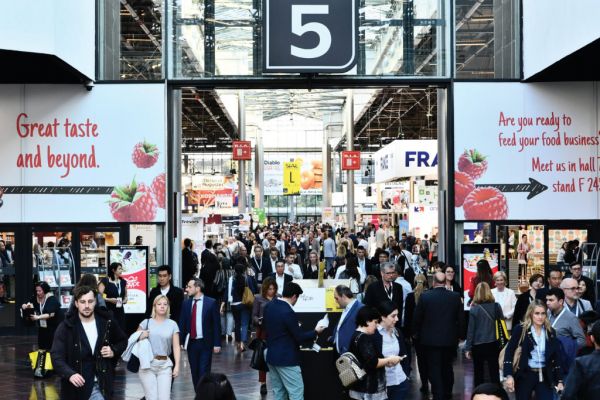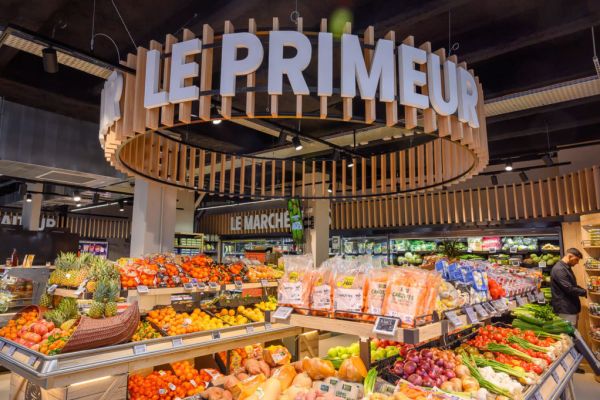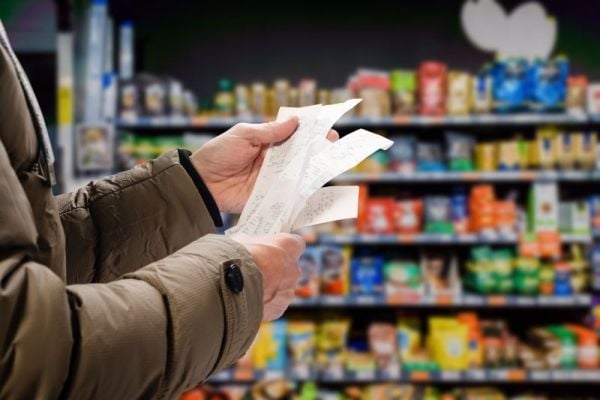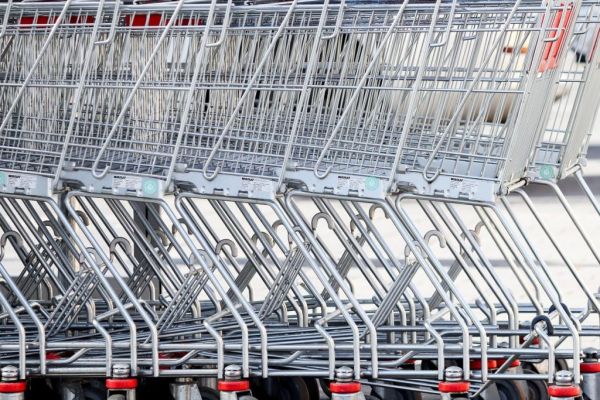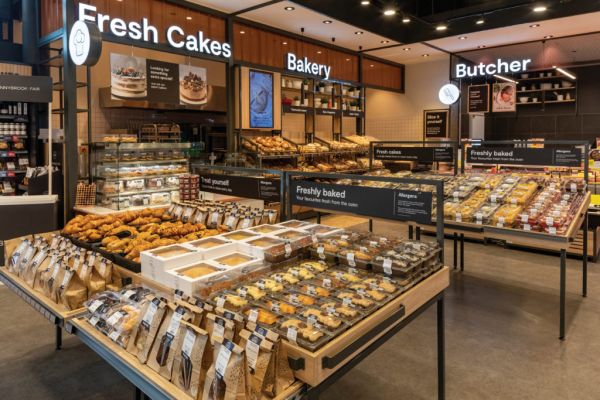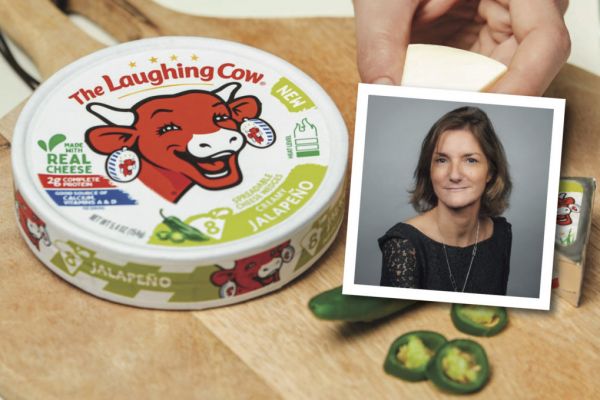The SIAL Insights report, released ahead of SIAL Paris 2022, explores the evolution of the food ecosystem. ESM reports.
Food transition and innovation are the focus of this year’s SIAL Paris, taking place from 15 to 19 October in the French capital. The event, which features the theme #ownthechange, will explore the challenges and opportunities facing food and beverage producers during a time of immense change.
Ahead of this year’s trade show, SIAL has launched SIAL Insights – a research laboratory and watchdog of consumer behaviour and trends in the international agrifood industry. Prepared in association with Kantar, ProtéinesXTC and NPD, the SIAL Insights report examines the underlying factors that are reshaping the agrifood and restaurant industries against the backdrop of a shifting international context.
Conscious Consumption
An interesting observation by SIAL Insights that sets the stage for discussion is the fact that, in a world grappling with rising food prices and economic uncertainties, consumers still strongly believe that what they choose to eat will have an immediate effect on the world in which they live.
Close to two thirds (63%) of consumers see their diet as a reflection of how they view the world in which they want to live, while nearly one in three has radically changed his/her behaviour with regards to environmental responsibility.
The study notes that enjoyment drives food choices for around 71% of people, with almost half of respondents saying that they gave in to ‘comfort food’ temptations during the pandemic.
Consumers are also conscious about their food choices being healthy and ethical, and giving up any of these three aspects in exchange for more purchasing power is set to be less acceptable, given the ongoing crises (geopolitics, health, climate, etc.), according to SIAL.
The Four Pillars Of Food Transition
According to SIAL Insights, food transition centres around health, ethics, satisfaction and digital – four pillars that have shaped consumption and food choices since the pandemic.
Health
Health has taken centre stage in the food choices that consumers make – some 71% have incorporated change in their diet behaviour, with 67% consuming a healthier diet and 37% paying more attention to ingredients, Kantar data shows.
Elsewhere, close to three quarters (72%) seek to refrain from products that contain artificial additives. The market has responded in the form of product reformulations, which have seen changes in ingredients or composition.
Across Europe, interest in additive-free as well as 100% natural products has stabilised, indicating relative maturity in terms of behaviour and supply. While interest in these products is still increasing in Germany (+4 percentage points), Spain and the United Kingdom have seen a slowdown in demand (-5 and -4 points, respectively) due to a decline in purchasing power, while Brexit has also played a role for the latter.
According to Kantar’s Karin Perrot, “Food is now expected to be natural. Natural means safe, less harmful. Consumers will be more and more attentive to that as concern over environmental issues grows.”
Consumers also showed an affinity for simple, clean-label food, with 70% saying that they opt for products that are not ultra-processed and are free from harmful ingredients. Similarly, within the restaurant sector, 67% of European consumers said that they prefer clear and simple menus.
As consumers focus on the connection between the digestive system and mental health, there has been increased demand for fermented products (dairy products and vegetables). More than one in ten consumers say that they regularly consume fermented beverages to improve their health and wellness – a trend that predates the pandemic.
Since the pandemic, two thirds of consumers are increasingly opting for products or ingredients designed to boost immunity. New-product development in this category increased eightfold a year after the pandemic, data from ProtéinesXTC shows.
At the same time – having witnessed many years of steady growth, including a huge spike between 2018 and 2020 – organic food has started to lose popularity, especially in France and Spain. Inflation is weighing on this category, with many consumers opting for local or seasonal products as a substitute, as well as fairly traded products that guarantee farmers appropriate remuneration.
The SIAL Insights report identifies two potential springboards for the organic sector: ‘accessible organic’ – in other words, simple food that is less expensive than standard organic fare – and ‘augmented organic’ products, which offer an enhanced benefit, such as fair trade, biodiversity protection, or animal well-being.
Ethics
Ethics are another factor impacting food transition as consumer eating patterns shift. Data from Kantar shows that 38% favour local, seasonal produce, while 37% base their choices on environmental and ethical considerations.
There is also a link between food choices and the production system. Animal welfare is emerging as a major concern, with more than half of consumers (53%) now questioning the environmental and ethical consequences of meat production.
In addition, concerns relating to the CSR credentials of food products are becoming clearer. Some 58% of consumers focus on a product’s low environmental footprint, 65% on waste reduction and recyclable packaging, and 57% on the economic terms of production and fair trade.
Local produce and sourcing is also gaining more ground among consumers globally, with 68% saying that they prioritise these products. Similar expectations are found in the out-of-home segment, with 56% of Europeans considering proximity to be an important factor.
As green consumption gains prominence, plant-based diets are seeing growth in popularity, with an increased uptake in flexitarian diets (up by four points, to 39%). The plant-based dairy market is similarly witnessing growth and has seen an increasing amount of innovation in Europe (+2.3 points) and Asia (+2.6 points). However, in North America, it is declining (-3.5 points) after several years of growth.
In France, vegetarian offerings are growing across all out-of-home catering circuits, with the fast-food sector leading the pack.
“The veggie trend in out-of-home catering is carving out a space as the ideal alternative way to consume, standing on the confluence of several philosophies,” says NPD’s Maria Bertoch. “Ultimately, while the [French] market does not necessarily contain more vegetarians, the environmental movement is turning more and more consumers into flexitarians.”
The fight against waste is also an integral part of sustainable consumption, and while consumers acknowledge that industry players are changing how they operate, they expect more efforts to be made in areas such as air/water pollution, the reduction of greenhouse gas emissions, and the decreasing use of plastics.
“Recyclable, compostable, edible, or even completely absent – there are many ways to reduce and reuse packaging,” says Xavier Terlet of ProtéinesXTC. “These techniques will likely be standard practice in the future.”
Satisfaction
Enjoyment remains a core value when it comes to food appreciation, highlighting the fundamental connection between food and emotions. The observation is backed by Kantar data, which shows that 71% of respondents expect food to be something that they enjoy – an increase of one percentage point.
Many consumers also admit to having succumbed to more indulgent products during the pandemic, particularly in South-East Asia, India, and the Middle East, whereas China and the West were a little more restrained, according to the report.
As consumers no longer want to choose between enjoyment and health, or enjoyment and ethics, it brings to the forefront the challenge to offer food that is both ‘delicious’ and ‘conscious’, while affordability is also a key factor, due to the ongoing cost-of-living concerns.
“With inflation affecting consumers, food increasingly appears to be one of the rare vectors for affordable enjoyment,” says Terlet. “This key aspect of food is now, more than ever, a source of innovation.”
Value for money also plays a role in determining customer satisfaction, and this extends beyond finding the lowest price possible. Many consumers are prepared to pay a premium for high-quality dishes (local produce, unique or rare flavours and ingredients) or for an exceptional out-of-home experience (haute cuisine, decor, atmosphere, etc.).
Digital
Digital technology is shaping the relationship between food and consumers in different ways, according to the SIAL Insights report. To begin with, the pandemic saw shoppers turn to online shopping en masse for essential household products. With COVID-19 restrictions easing, innovative services such as quick commerce and meal kits have helped maintain this dynamism. In France, for example, online shopping now accounts for 11.3% of consumer purchases.
In the European out-of-home catering segment, 37% of the cohort has used an app to order meals for delivery or click-and-collect in the past six months, NPD data shows. In addition, 32% of Europeans have already made contactless payments for out-of-home catering, and 30% have scanned a QR code to view a menu.
While quick-commerce services have flourished in Europe, the future projections for the category remain difficult to predict, according to the report. Market growth is slowing down, traditional retailers are ramping up their own delivery capabilities – including investing in ‘dark stores’ – and there has been a pushback against the social impact of deliveries and the employment status of delivery personnel.
Consumers are also turning to technology to learn more about the products that they are consuming. According to SIAL Insights, around half of customers use technology regularly to seek information about their food via various apps. QR codes have grown from a niche medium to an essential tool for sharing information about product origins. Elsewhere, the role of blockchain in the agrifood transition cannot be ignored, as it offers both the means to reassure consumers and force industry players to back up their promises – factors that are only likely to grow in importance.
From cooking tips to waste-reducing recipes and personalised nutritional recommendations, digital technology offers a wide range of services that help support consumers’ food appreciation.
For more information, visit sialparis.com
© 2022 European Supermarket Magazine – your source for the latest A-Brands news. Article by Dayeeta Das. Click subscribe to sign up to ESM: European Supermarket Magazine.
